Introduction
The Federal Reserve’s interest rate policies have been a focal point of economic debate in recent years. As the central bank attempts to balance inflation control with economic growth, interest rate hikes have sparked discussions on their effectiveness and potential consequences. Are these policies helping to stabilize the economy, or are they causing more harm than good?
The Rationale Behind Interest Rate Hikes
Interest rate increases are typically implemented to curb inflation by making borrowing more expensive, which in turn slows down consumer spending and business investments. By raising rates, the Federal Reserve aims to reduce excess demand, bringing prices under control. However, the effectiveness of this approach depends on multiple economic factors.
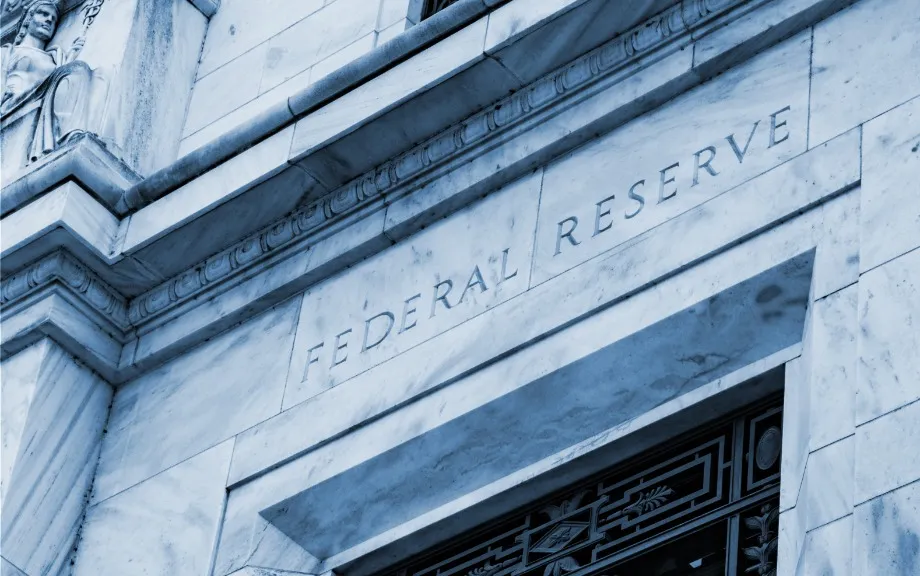
Potential Benefits of Rate Hikes
- Inflation Control
Higher interest rates help slow inflation by reducing the money supply and discouraging excessive spending. - Strengthening the U.S. Dollar
A higher interest rate environment often attracts foreign investments, leading to a stronger dollar, which can reduce the cost of imports. - Encouraging Savings
Increased interest rates provide higher returns on savings accounts and fixed-income investments, benefiting savers. - Reducing Speculative Bubbles
By making borrowing more expensive, rate hikes can prevent excessive risk-taking in asset markets, such as housing and stocks.
Potential Downsides of Rate Hikes
- Slower Economic Growth
Higher borrowing costs can lead to reduced business investments and consumer spending, potentially slowing economic expansion. - Impact on Employment
As businesses face higher costs of capital, they may cut back on hiring or even lay off workers, leading to job market challenges. - Housing Market Challenges
Rising mortgage rates make home ownership more expensive, reducing demand and potentially causing price corrections in the housing market. - Increased Debt Burden
Individuals and businesses with variable interest rate loans face higher repayment costs, which can strain financial stability.
Mixed Economic Signals
Despite interest rate hikes, some economic indicators remain resilient, with a strong labor market and steady consumer spending in certain sectors. However, concerns persist about potential recessions, financial instability, and long-term economic consequences.
The Path Forward
As the Federal Reserve continues to adjust its monetary policies, it must strike a delicate balance between controlling inflation and maintaining economic stability. While interest rate hikes can be an effective tool, their impact varies across different sectors of the economy. Policymakers must remain flexible and responsive to changing economic conditions, ensuring that their decisions support sustainable growth.
Conclusion
The impact of Federal Reserve rate hikes is complex, with both positive and negative implications. While they play a crucial role in controlling inflation, they also pose risks to economic growth and financial stability. Policymakers must carefully assess economic conditions to determine the appropriate course of action, ensuring that monetary policy supports sustainable long-term prosperity. The coming months will reveal whether these measures prove effective or if adjustments are necessary to keep the economy on track.
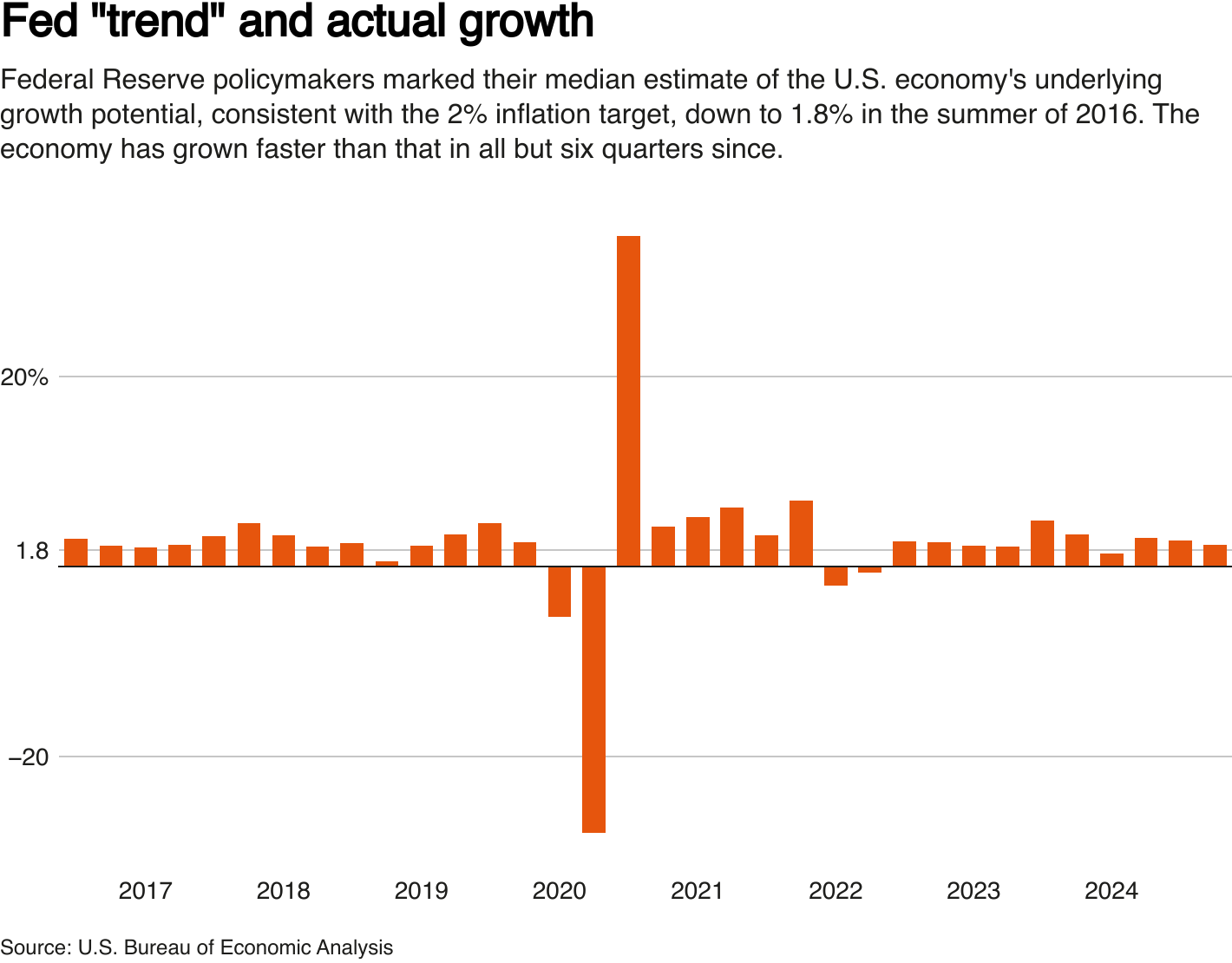
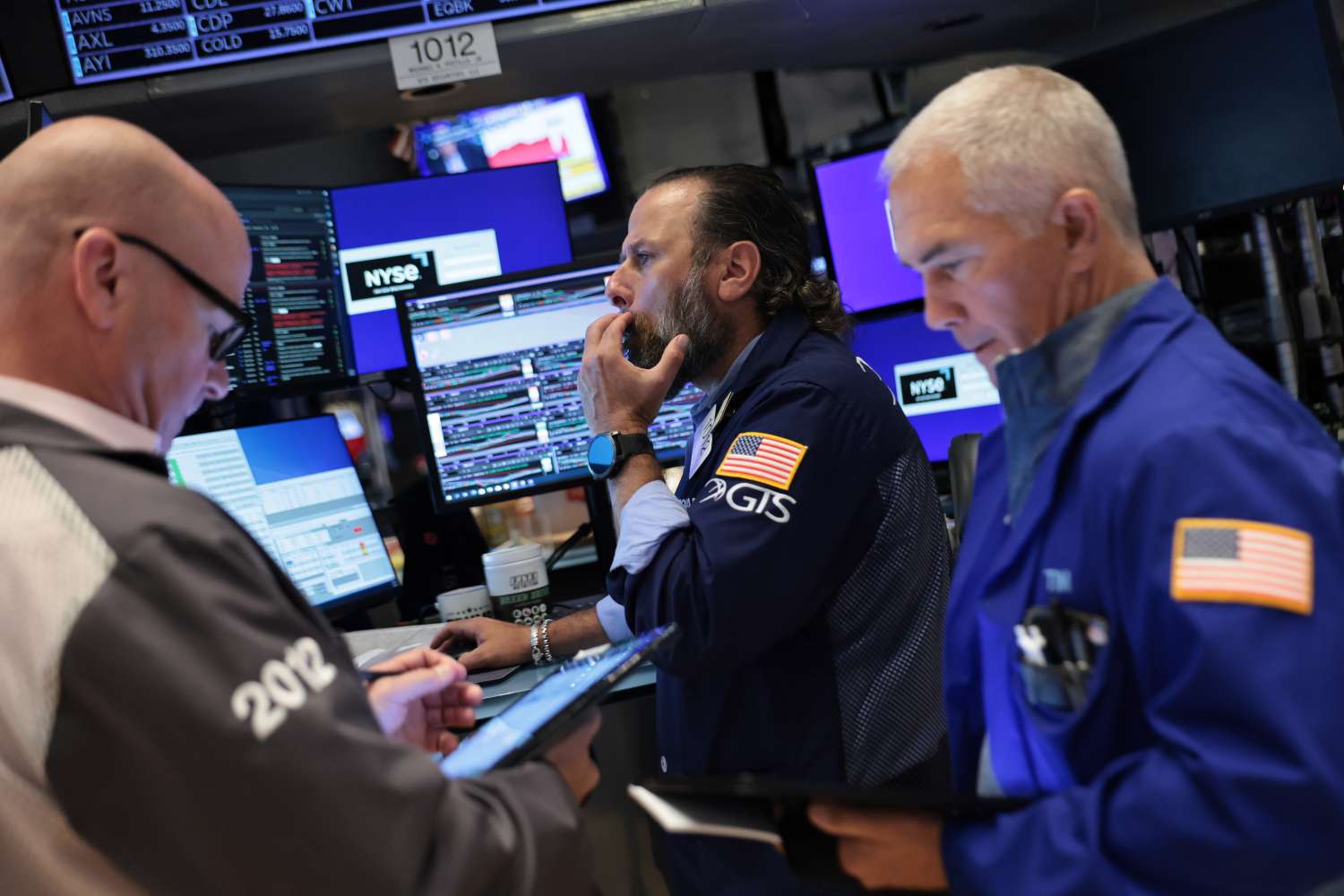
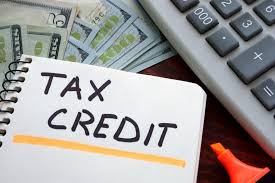
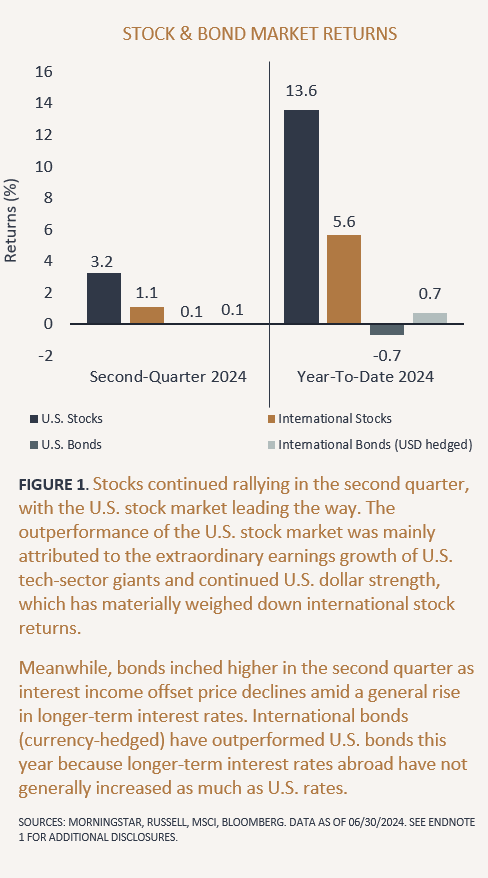
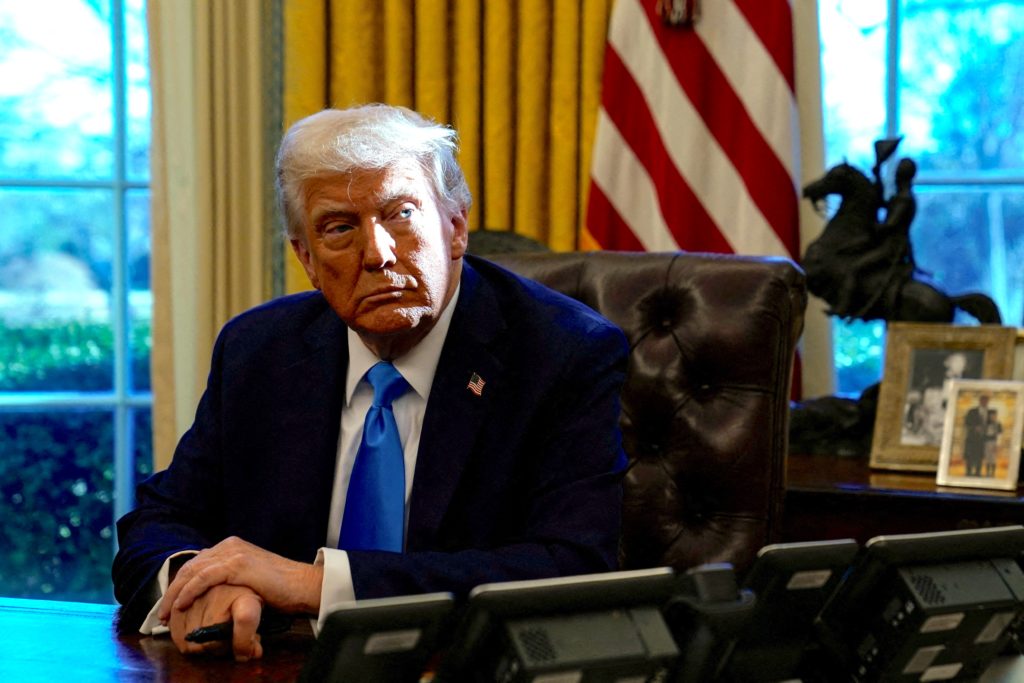

Leave a Reply